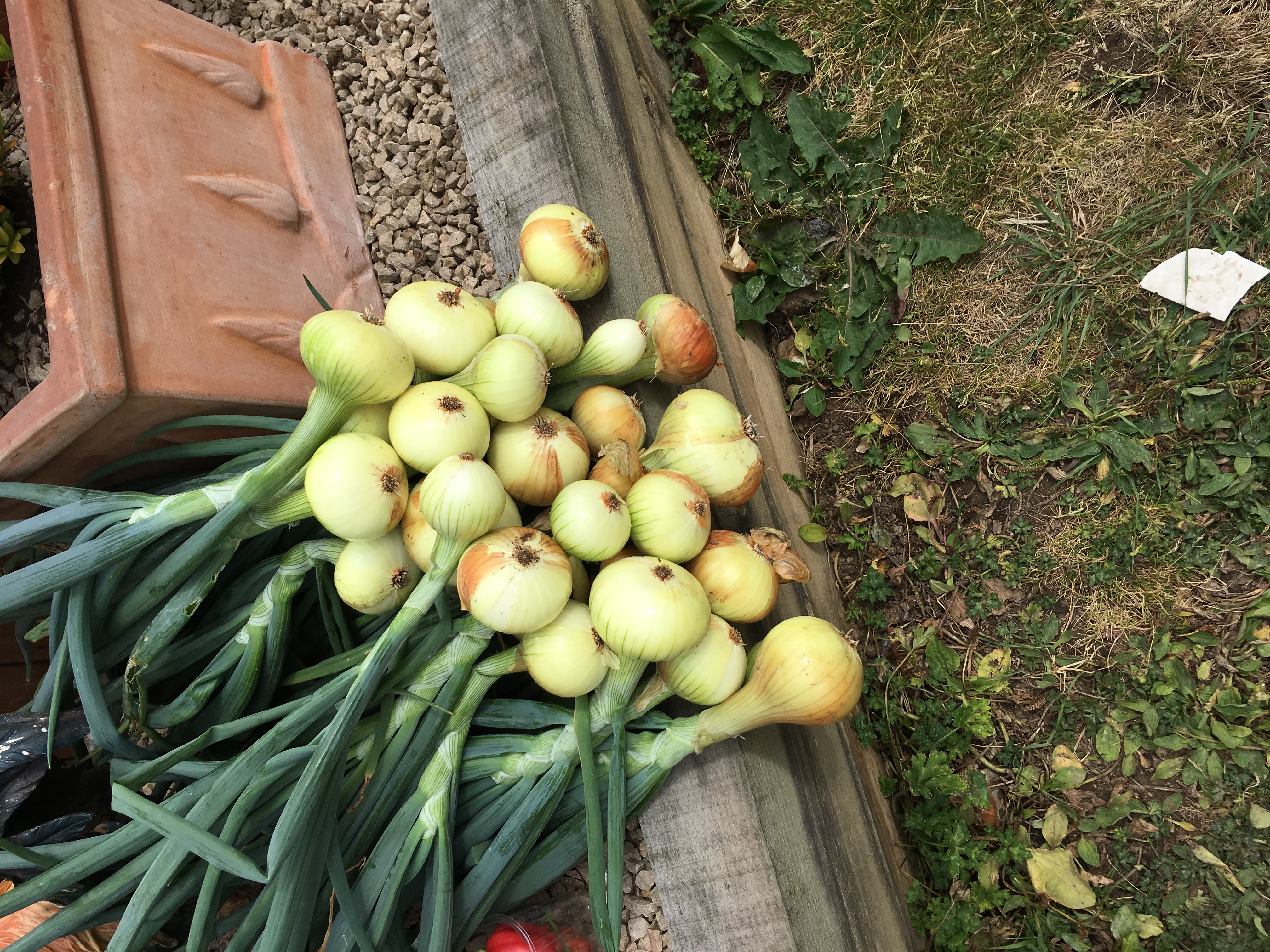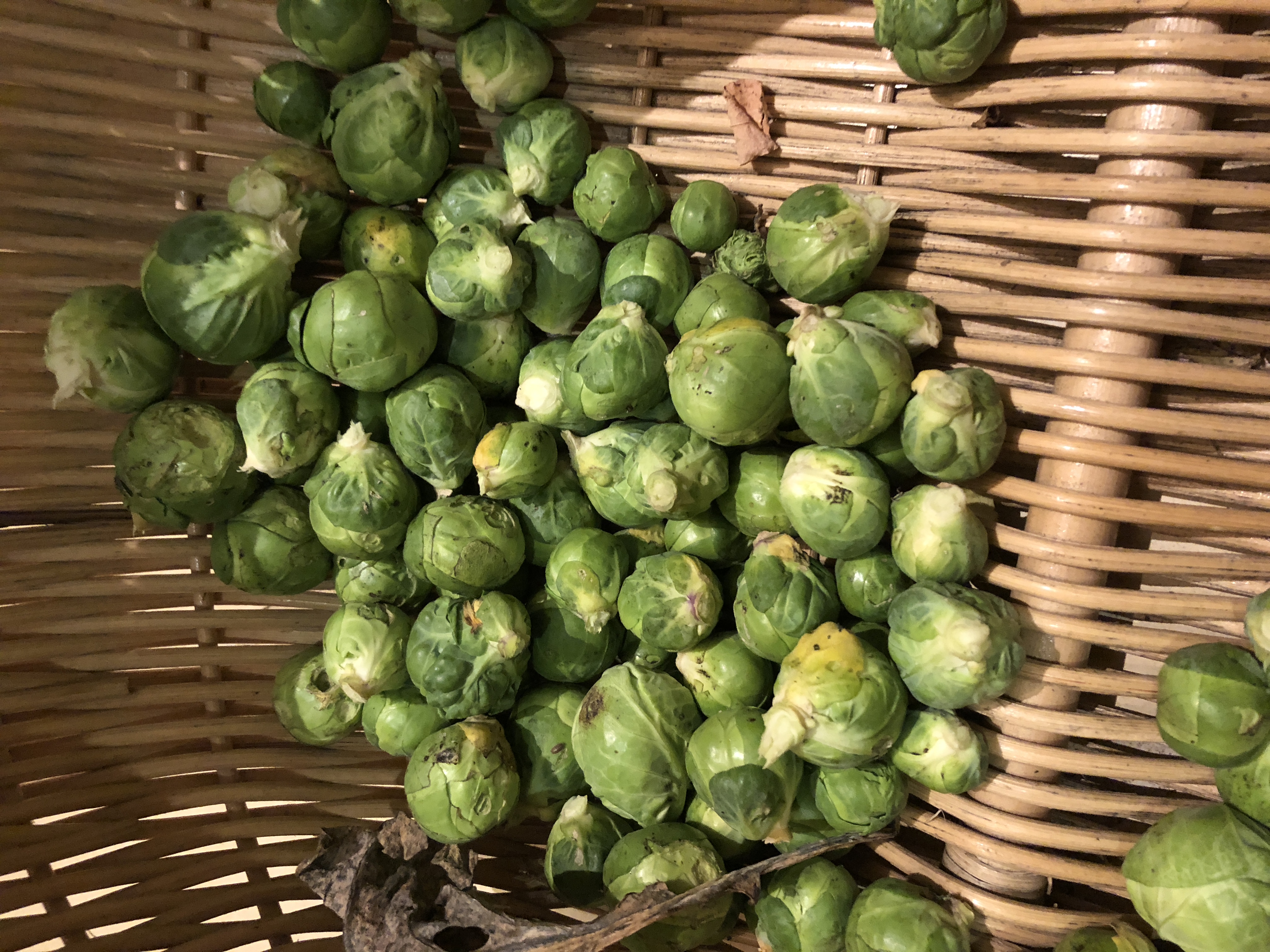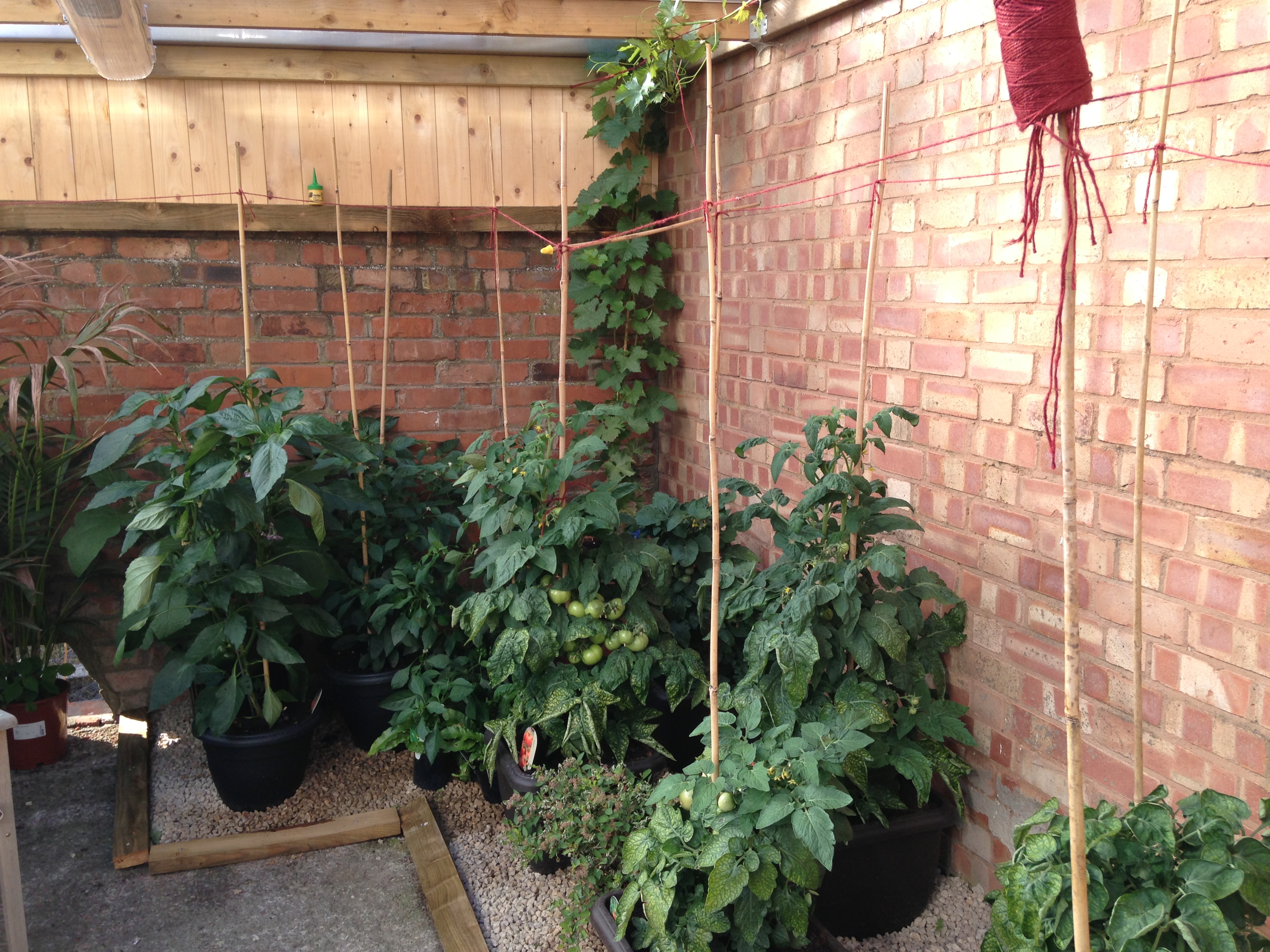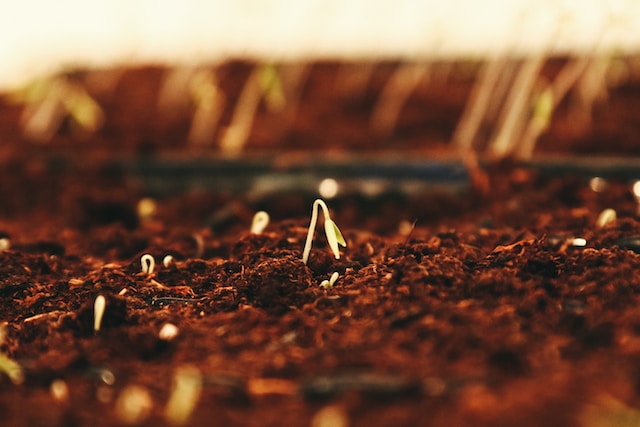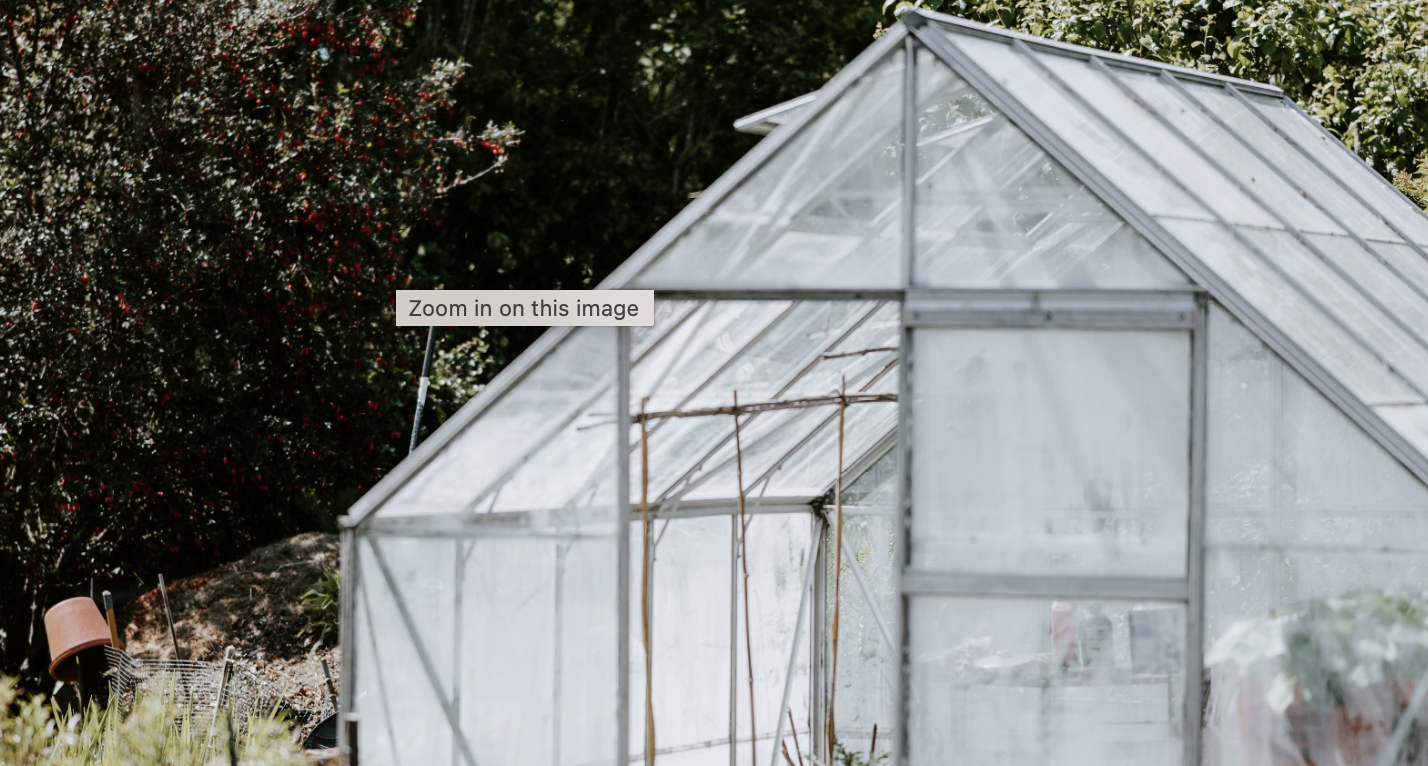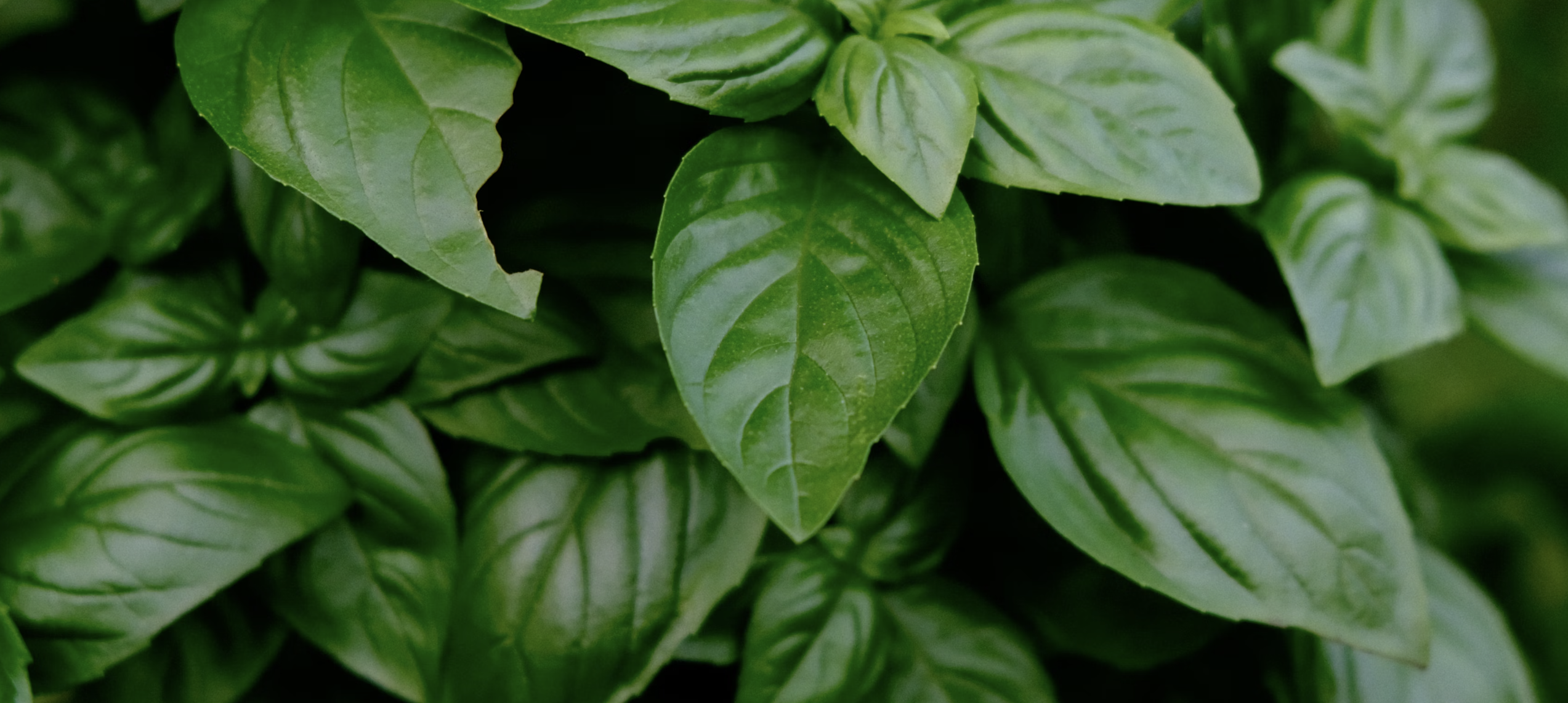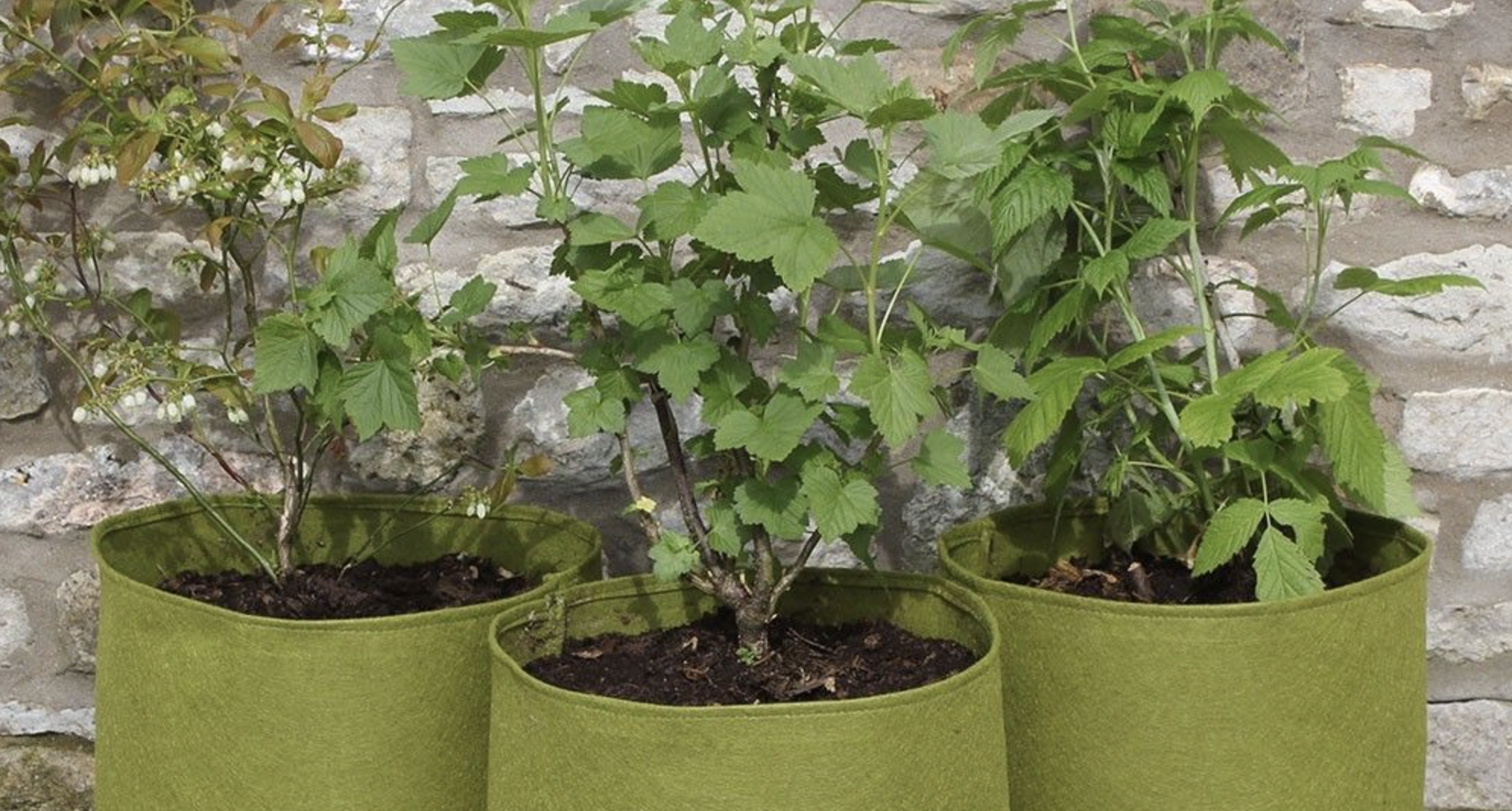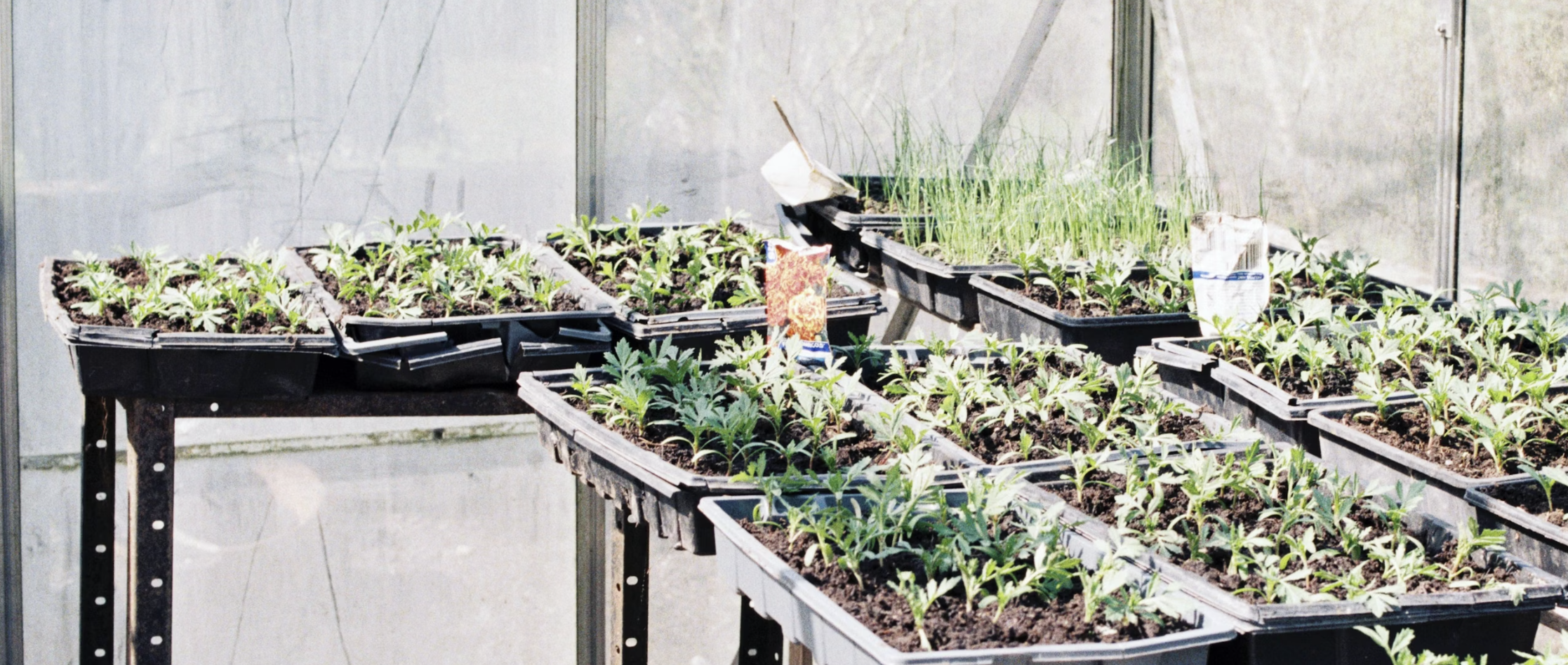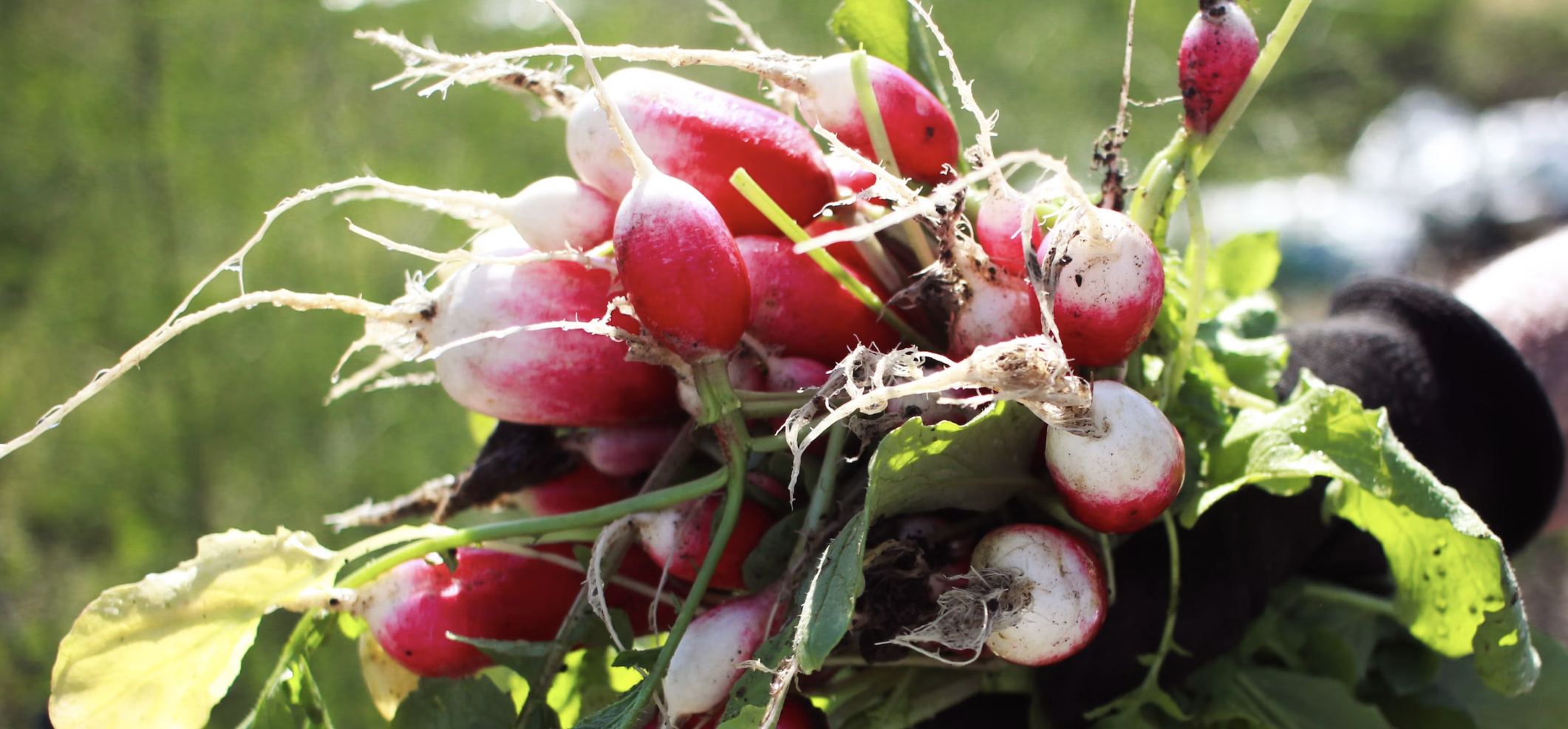
Are you ready to unlock the secrets of growing a vibrant vegetable garden? Look no further! In this comprehensive guide, we will delve into the world of choosing and planting the best vegetable seeds that will help your garden flourish. Whether you have years of experience or are just starting out, this article is packed with valuable insights to help you achieve a bountiful harvest.
Selecting the right vegetable seeds is crucial to the success of your garden. We will explore the different factors to consider when making your choices, such as climate, soil conditions, and your personal preferences. From heirloom varieties to hybrid options, we will break down the pros and cons of each, helping you make an informed decision.
But it doesn't end there. We will also guide you through the planting process, sharing expert tips and techniques to ensure your seeds grow into healthy and productive plants. From preparing the soil to providing the right care, this guide will be your go-to resource for all things related to vegetable seed planting.
Get ready to take your gardening skills to the next level and unlock the secrets of growing a vibrant vegetable garden. Let's dig in!
Benefits of growing your own vegetables
There are numerous benefits to growing your own vegetables. Not only does it allow you to enjoy fresh, organic produce right from your backyard, but it also saves you money in the long run. When you grow your own vegetables, you have full control over what goes into your food, ensuring that you and your family are consuming nutritious and chemical-free produce.
In addition to the health benefits, gardening can also be a therapeutic and stress-relieving activity. Spending time in nature, tending to your plants, and watching them grow can bring a sense of fulfillment and satisfaction. Plus, gardening provides an opportunity to connect with the natural world and appreciate the beauty of the growing process.
Understanding vegetable seed varieties
When it comes to choosing vegetable seeds, it's essential to understand the different varieties available. Vegetable seeds can be broadly categorized into two types: heirloom and hybrid. Heirloom seeds are open-pollinated varieties that have been passed down through generations. They often have unique characteristics and flavors, making them a favorite among gardeners who value diversity and taste. On the other hand, hybrid seeds are the result of cross-pollination between two different varieties. They are bred for specific traits such as disease resistance, uniformity, or higher yields.
Both heirloom and hybrid seeds have their advantages and disadvantages. Heirloom seeds offer a wider range of flavors and varieties, but they may be more susceptible to diseases and pests. Hybrid seeds, on the other hand, are more reliable in terms of yield and disease resistance but may lack the unique flavors of heirlooms. Consider your personal preferences, gardening goals, and local conditions when deciding which type of seed to choose.
Factors to consider when choosing vegetable seeds
Choosing the right vegetable seeds can be overwhelming with the countless options available. However, by considering a few key factors, you can narrow down your choices and make informed decisions. One important factor to consider is your local climate. Different vegetables thrive in different climates, so it's crucial to select seeds that are suited to your region's temperature and growing season.
Another factor to consider is your soil conditions. Some vegetables prefer well-drained soil, while others thrive in moist or sandy soil. Understanding your soil's composition and pH level can help you select seeds that will grow best in your garden. Additionally, consider your personal preferences in terms of taste, color, and texture. After all, gardening is about growing vegetables that you enjoy eating.
Preparing your soil for planting
Before you start planting your vegetable seeds, it's essential to prepare your soil properly. Healthy soil is the foundation for a successful garden. Begin by clearing the area of any weeds or debris. Then, loosen the soil using a garden fork or tiller. This will improve drainage and allow the roots to penetrate the soil more easily.
Next, amend your soil with organic matter such as compost or aged manure. Organic matter enriches the soil, providing essential nutrients for your plants to thrive. Spread a layer of compost or manure over the soil and mix it in using a garden rake or shovel. Aim for a depth of at least 6 inches to ensure that the nutrients are evenly distributed.
Planting techniques for different vegetable seeds
Different vegetable seeds have different planting requirements. Some seeds, such as lettuce and radishes, can be directly sown into the ground, while others, like tomatoes and peppers, benefit from being started indoors before transplanting. It's important to read the seed packet instructions carefully to determine the best planting technique for each vegetable.
For seeds that are directly sown, create shallow furrows in the soil with a hoe or your fingers. Place the seeds in the furrows according to the recommended spacing, then cover them with a thin layer of soil. Water the area gently to ensure the soil is moist but not waterlogged.
Caring for your vegetable garden
Once your vegetable seeds are planted, proper care is essential for their growth and development. Watering is one of the most critical aspects of vegetable garden care. Most vegetables require about 1 inch of water per week, either from rainfall or irrigation. It's important to water deeply and infrequently rather than shallowly and frequently. This encourages the roots to grow deeper into the soil, making them more resilient to drought.
In addition to watering, regular weeding is necessary to prevent competition for nutrients and sunlight. Remove any weeds as soon as they appear to maintain a clean and healthy garden. Mulching is another effective technique for weed control. Apply a layer of organic mulch, such as straw or wood chips, around your plants to suppress weed growth and conserve soil moisture.
Common pests and diseases in vegetable gardens
Pests and diseases can wreak havoc on your vegetable garden if left unchecked. Some common pests include aphids, slugs, and caterpillars, while diseases like powdery mildew and blight can affect plant health. To prevent and manage these issues, it's important to practice good garden hygiene. Regularly inspect your plants for signs of pests or diseases, and take appropriate action immediately.
There are various organic methods for pest and disease control, such as using companion plants, natural predators, or homemade sprays. Additionally, rotating your crops each year can help prevent the buildup of pests and diseases in the soil. By implementing these preventive measures, you can minimize the impact of pests and diseases on your vegetable garden.
Harvesting and storage tips for homegrown vegetables
The joy of growing your own vegetables culminates in the harvest season. Knowing when and how to harvest your vegetables is crucial to ensure they are at their peak flavor and quality. Each vegetable has its own harvesting requirements, so it's important to familiarize yourself with the specific guidelines for each crop.
In general, vegetables should be harvested when they are ripe but before they become overripe. This is when they are at their most flavorful and nutritious. Use a sharp knife or scissors to harvest vegetables, making clean cuts to avoid damaging the plant. After harvesting, it's important to handle the vegetables with care to prevent bruising or damage.
Conclusion and next steps for a successful vegetable garden
Growing a vibrant vegetable garden is a rewarding and fulfilling experience. By choosing the right vegetable seeds, preparing your soil, and providing proper care, you can enjoy a bountiful harvest of fresh and delicious produce. Remember to consider your local climate and soil conditions when selecting seeds, and stay vigilant against pests and diseases.
As you continue on your gardening journey, don't be afraid to experiment and try new varieties. Gardening is a lifelong learning process, and each season brings new opportunities for growth and discovery. With the secrets unlocked in this comprehensive guide, you are well-equipped to take your vegetable garden to new heights. Happy gardening!
Now that you have unlocked the secrets of growing a vibrant vegetable garden, it's time to put your knowledge into action. Start by selecting the right vegetable seeds for your garden and follow the planting and care techniques outlined in this guide. With dedication and a little bit of patience, you'll soon be enjoying the fruits of your labor. Happy gardening!




